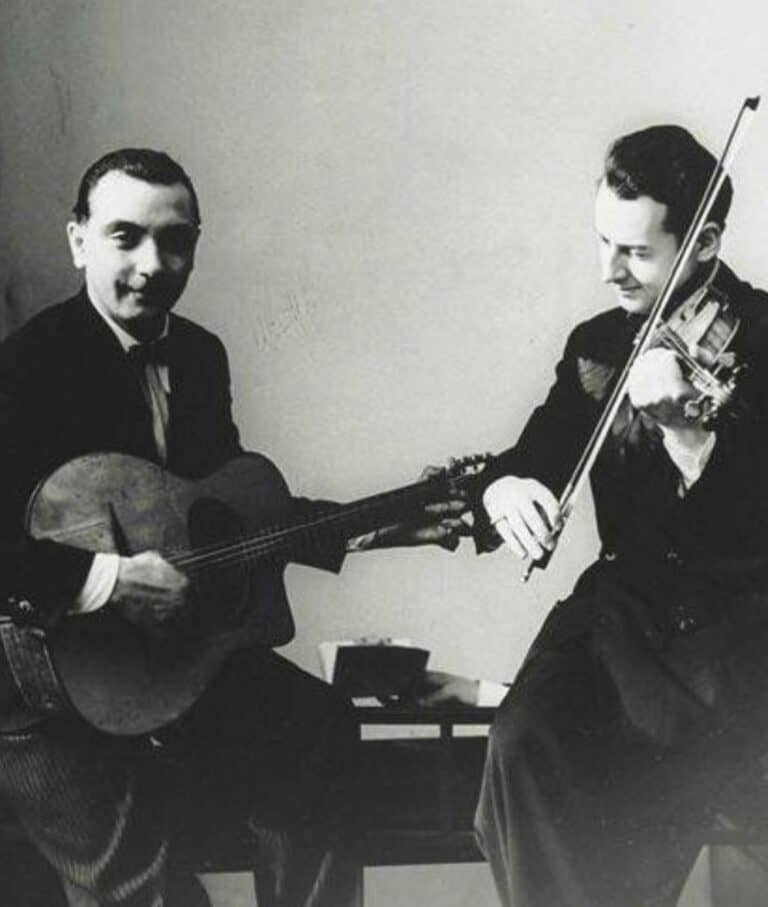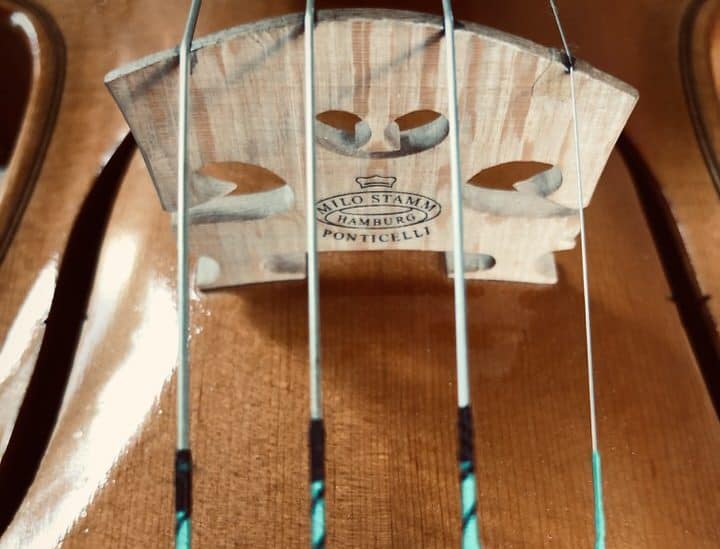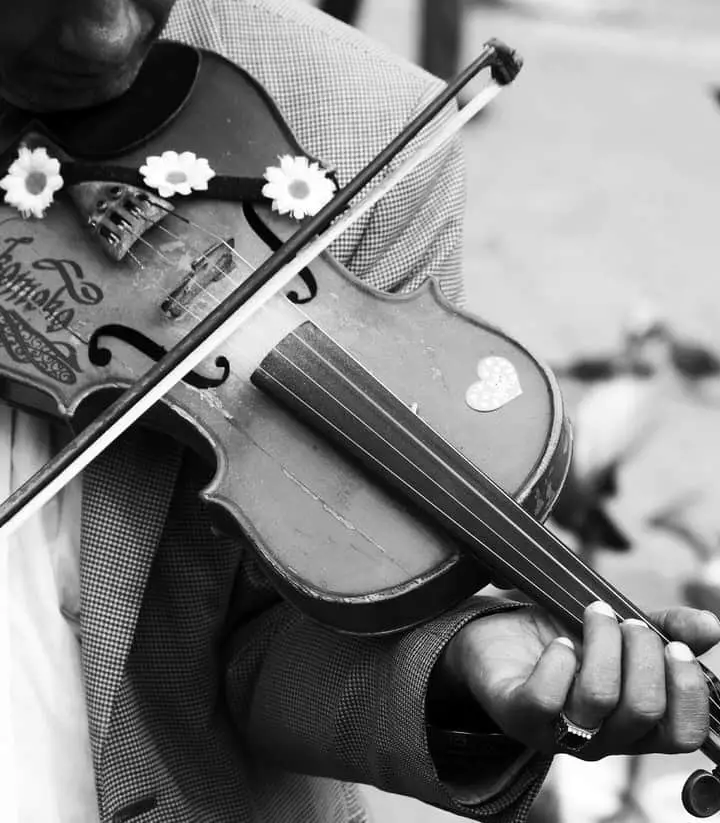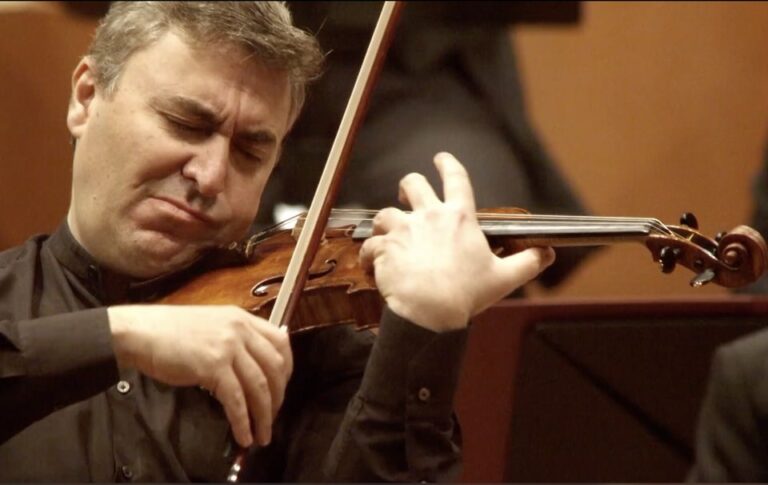Who Invented the Violin? A great story
That question might not be as simple as it sounds. Despite generally accepted knowledge these days, the origin of the violin is still somewhat contested, and even among the leading theories, unclear. Still, despite all the hearsay and conjecture leading up to the event, historians think they’re able to track down a timespan and a single man, Andrea Amati, behind the creation of the instrument we all know and love.
The violin that we know was created by Andrea Amati in Italy, during the 16th century. Prior to that, the Byzantine Lyra, and Lira da braccio was inspired by the arabic Rebab. The Rebab originates from bowed two-string instruments from the nomadic cultures of Central Asia and maybe from India.
When was the violin invented?
The original violin came to be during the early 16th century in Cremona, Italy. Andrea Amati, a luthier of the time, is credited with the invention, though some historians still debate whether he’s the creator or simply the best-recorded violin maker of the time. Some of his original violins still exist today, though, and the same can’t be said of any supposed competitors. Given the evidence and historical prevalence– particularly in the way of many instruments made for the French royalty of the time– it’s generally accepted that Amati did in fact invent the violin. Whether he did or not, it still holds true that the earliest records of the violin come from the 16th century, but the background leading up to that date isn’t so cut and dried.
The evolution of the bowed instrument
Naturally, the violin didn’t just materialize overnight. Centuries of development in different cultures all played a role in the invention of the violin, particularly through Asia and the Middle East.
For example, one of the most commonly accepted influences in the creation of the violin is Arabic in origin: the rabab. You might not guess it at a glance, but the two instruments do share a number of similarities– they’re both stringed instruments tuned to fifths, they’re both largely made of wood, they’re both played with a bow, and they both operate on a principle of a chamber for the sound to resonate from. This instrument is known to predate the violin by at least 8 centuries and possibly more.
Historians still butt heads over the true origin of the instrument with official historical Afghani reports claiming they received the instrument from Persia, which has their own ubab,’ while other archaeological discoveries suggest that there was already such an Arabic instrument and that Persia only introduced the bow to them (source). Although there were variations of the instrument even across different continents, the middle eastern root names indicate that it initially came from that region.
Italian craftsmen weren’t too prompt about taking a hold of this concept, however. Before the violin hit the scene, several other cultures had put together their own versions of the rabab with minor variations throughout Asia and Africa– even Europe, for that matter, in the form of the Byzantine lyra. Not to be confused with the Greek lyre, the Byzantine lyra bore some of the same similarities to the violin as the rabab with its strings, resonance, use of a bow, and wooden construction. It’s known to have shown up only a century later than the rabab leading many historians to draw a correlation between the spread of the rabab and the invention of the Byzantine lyra. Its introduction to Italy sparked a relevant chain of evolution that many believe eventually lead to the creation of the violin.
The Italian touch
Even more directly influencing the invention of the violin, there was actually a variation of the Byzantine lyra that was also made right in Italy: the Calabrian lira. As these two instruments began to spread, historical differentiation began to muddy a bit with the words ira’ and iddle’ being used interchangeably. Needless to say, the fiddle eventually came to be formally associated with modern violin instruments after they were made, further suggesting the correlation between the two types of instruments. Although the two liras are technically classified as lutes, their similarity and prominence, prior to the invention of the violin, poses a convincing case for their influence on its creation in the following centuries.
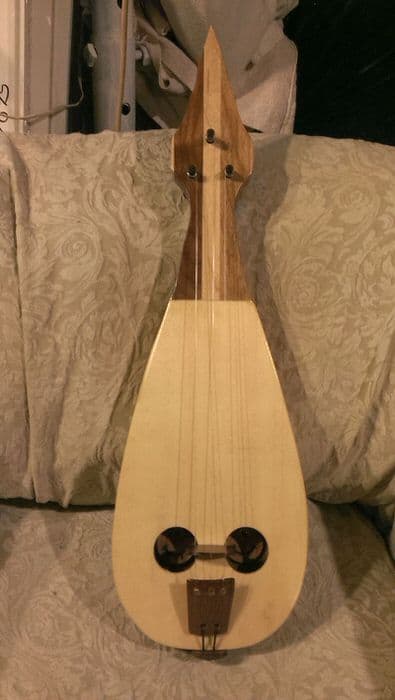
The centuries of musical evolution through those instruments didn’t stop there, however. The most blatant parent instrument to the violin family came from another region of Italy in the form of the lira da braccio. Literally meaning “lira for the arm,” this instrument held many of the features you would expect from a violin: it was played with a bow, it was held in the arm with the player resting against it, its physical construction was quite similar, and 5 of its 7 strings were tuned in fifths just as the violin is. That’s not to say they were identical, of course; the lira da braccio was a bit larger, it had “C” holes rather than F-holes, and more strings, among other things. Closer to the invention of the violin, though, some of these similarities began to vanish, with a number of liras da braccio being made with F-holes and some profile changes being made to something more akin to the shape of a violin. There’s no official record of whether Amati derived his creation from the lira, but the history would certainly suggest as much, especially considering the lira da braccio showed up less than a century before the violin.
How did the violin get its name?
Violin. In its most basic sense, the name violin comes from the Latin word vitula, meaning “stringed instrument,” but that’s not necessarily how it came to be known as such. Vitula later became viola and then violino, small viola.
Fiddle. Prior to the violin’s existence, the word fiddle, derived from the Old Germanic word fidula, was used to describe similar instruments, including the liras which predate the violin by several centuries. These two words diverge from the same root. Historically, the word fiddle was generally used to describe any sort of stringed instrument that was played with a bow. It’s maintained the definition through the ages, but nowadays, fiddle has a different connotation despite quite literally referring to the same instrument. Regardless of whether you play bluegrass or classical music, though, fiddle is more of a categorical word whereas violin is the true name given to the instrument family today.
The creation of a legendary instrument such as the violin is no trivial thing. As long and complex as its history may be, the record leading up to the 16th century credits Amati with the creation of the violin under an abundance of influence from the luthiers of centuries past. In a way, the violin is the culmination of those centuries of evolution, and its influence has continued to pay that influence forward from the 1500s still to the modern day.


